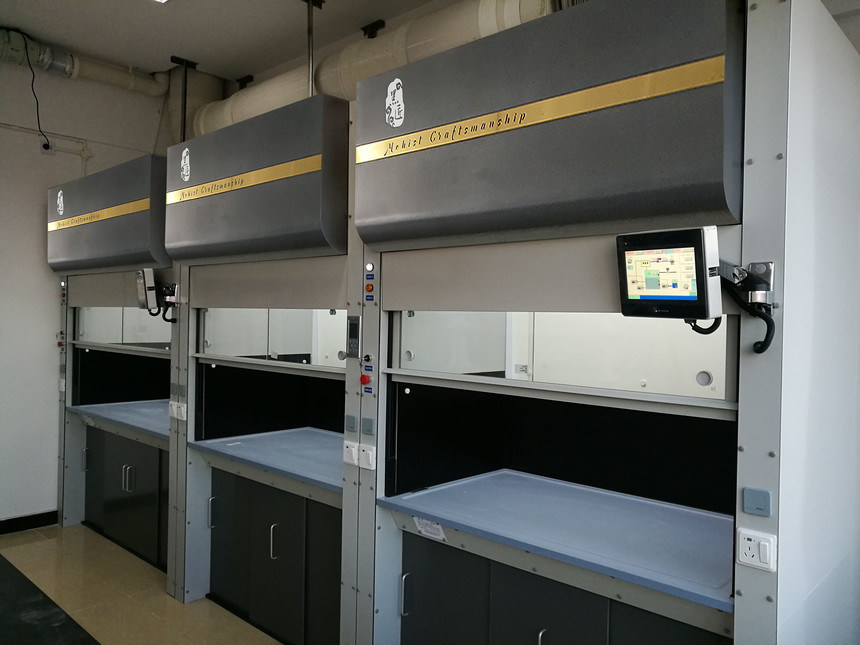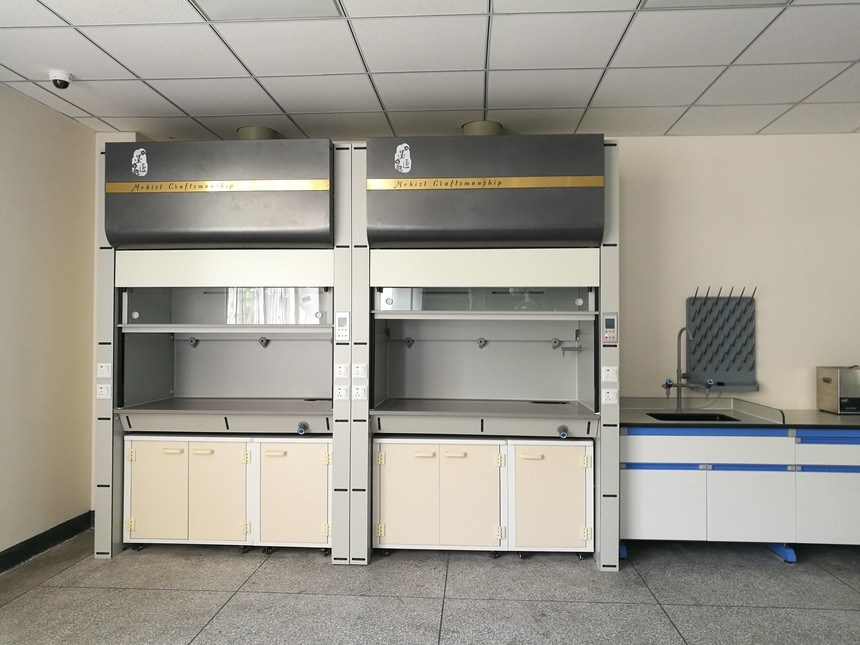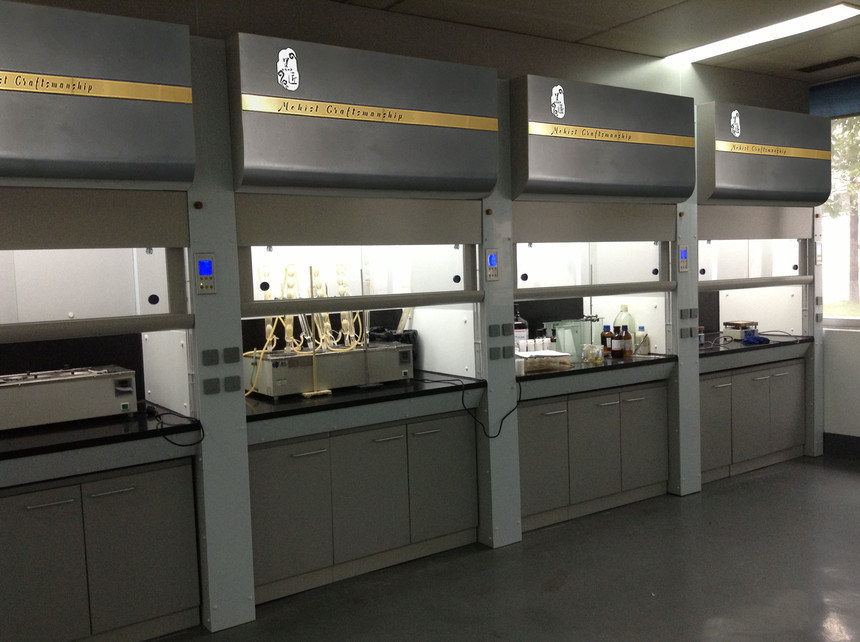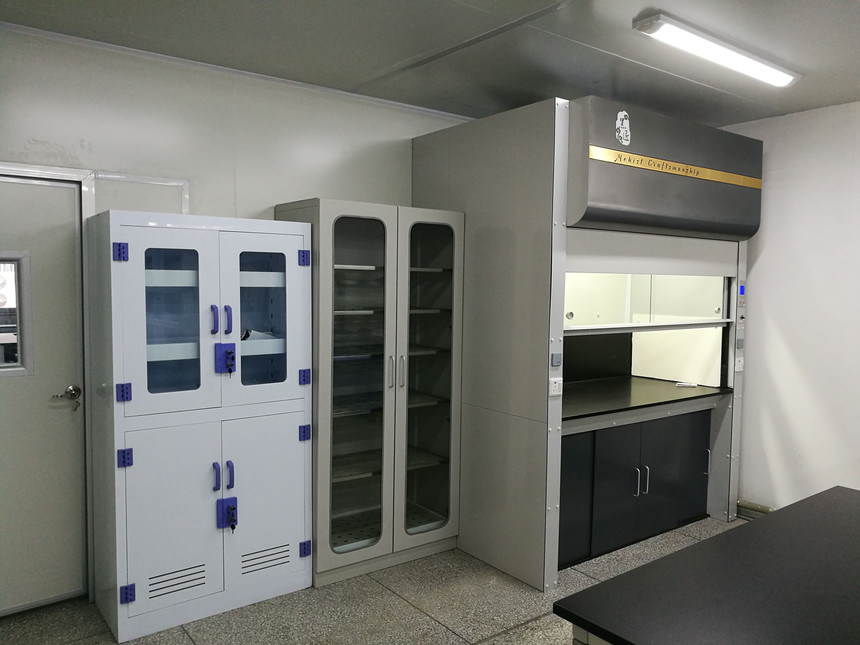Chengdu Ample Import And Export Co., Ltd. |
|
Product features:
|
Model Specification | WJ-1500A | WJ-1500B | WJ-1800A | WJ-1800B |
| External dimensions of equipment(mm) | 1500(W)*1205 (D) *2400 (H) | 1800(W)*1205 (D) *2400 (H) | ||
| Dimension of works pace (mm) | 1260(W1)*780(D1) *1100 (H1) | 1560(W1)*780(D1) *1100 (H1) | ||
| Panel material | 20+6mm thick butterfly ceramics | |||
| Material of internal lining board | 5mm thick ceramic fiber board | |||
| Diversion structure | Lower air return | |||
| Control system | Button control panel (LCD panel) | |||
| PH value control | The medium is alkaline water solution; manual monitoring, and manual control through acid pump and alkali pump. | |||
| Input power | Three-phase five-wire 380V/50A | |||
| Current for air fan | Not over 2.8A(380V or 220V can be directly connected) | |||
| Maximum load of socket | 12 KW(total of 4 sockets) | |||
| Water tap | 1 set (remote control valve + water nozzle) | No | 1 set (remote control valve + water nozzle) | No |
| Water discharge way | Magnetic chemical pump strong discharge | |||
| Using environment | For non-explosion indoor use, within 0-40 degrees Celsius. | |||
| Applicable fields | Inorganic chemistry experiment; Food, medicine, electronics, environment, metallurgy, mining, etc. | |||
| Ways of Purification | Spray sodium hydroxide solution, no less than 8 cubic meters/hour | Spray sodium hydroxide solution.no less than 12 cubic meters/ hour | ||
| Ways of surface air speed control | Manual control (through the electric air valve to adjust the exhaust air volume or adjust the height of the moving door) | |||
| Average surface air speed | 0.6-0.8 m/s Exhaust air volume: 1420-1890m3/h (when door height h =500mm) | 0.6-0.8 m/s Exhaust air volume: 1760-2340m3/h (when door height h =500mm) | ||
| Speed deviation of surface air | Not higher than 10% | |||
| The average intensity of illumination | Not less than 700 Lux; Standard white and uv-free yellow LED lamps; The illumination is adjustable. | |||
| Noise | Within 55 decibels | |||
| Flow display | White smoke can pass through the exhaust outlet, no overflow. | |||
| Safety inspection | No spikes, edges; Charged body and the exposed metal resistance is greater than 2 mQ; Under 1500V voltage, no breakdown or flashover occurred for 1min test. | |||
| Resistance of exhaust cabinet | Less than 160 pa | |||
| Power consumption | Less than 1.0kw/h (excluding power consumption of fans and external instruments) | Less than 1.2kw/h (excluding power consumption of fans and external instruments) | ||
| Water consumption | Less than 3.2L/ h | Less than 4.0L/ h | ||
| Performance of wind compensation | With a unique wind compensation structure, the volume of the wind will not cause turbulence in exhaust cabinet and will not directly blow to the staff (need to connect to the air compensation system of the laboratory) | |||
| Air volume regulating valve | 315mm diameter flanged type anti-corrosion electric air flow regulating valve (electric contact actuator) | |||
Laboratory fume hoods can be fabricated from different materials and include specific surface types, such as stainless steel, fiberglass, PVC or even polypropylene.
Chemical fume hoods are a mainstay for most research and educational labs. They protect users from chemical and radiological exposure. Ideal if you plan on conducting experiments that use toxic or volatile chemicals to lower the chances of inhalation.
Laminar flow hoods protect the samples from contamination. They do not offer lab personnel any protection; thus, you must not use them when working with toxic or infectious chemicals.
Demonstration or educational hoods: These are optimized for teaching. An example is the double-faced fume hoods, which have entrances on both sides, allowing for 360-degree viewing.
Biological Safety Cabinets (BSCs) have a different application and do not fall within the fume
hood category. They are, however, a must-have for labs that handle
viral microbes and infectious diseases.
4. Detailed Photo






5. FAQ
How to Choose the Right Size for Your Fume Hood Blower
Next, you'll need to decide what size you'll need for your operations. This refers to the power of the fume hood blower and is essential to ensuring your equipment transfers enough air to keep your lab free of contamination.
It's worth noting that choosing the most robust blower is not immediately the best option. If a blower is too powerful, it could strain the ductwork and create turbulence.
Calculating the required power isn't easy. You'll need to consider the static pressure present in your duct system. This is calculated based on the diameter, duct length, number of bends, and velocity at which the fume will operate.
Talk to your manufacturer or reach out to CFI and consult a fume hood expert for the right choice.
Exhausting tempered air from your fume hood is often one of the most costly energy uses for laboratories.
That's why depending on your operations, you might benefit from a blower with multiple speed settings that will allow you to alleviate the burden of these costs.
Intelli-sense multi-speed blowers can operate at up to three speeds which are programmed through a control box. This is located on top of the hood.
A blower with this function is very versatile. It could operate at lower speeds during the night, using the least amount of air. More extensive labs that operate on a constant volume can instead use belt-driven single-speed blowers.
To ensure a safe exhaust system, you need to consider the correct material for your ductwork.
Your ducting should be compatible with local fire codes. Most importantly, make sure it's compatible with the chemicals it will be exposed to in your lab. Most commonly, duct systems will be fashioned from: